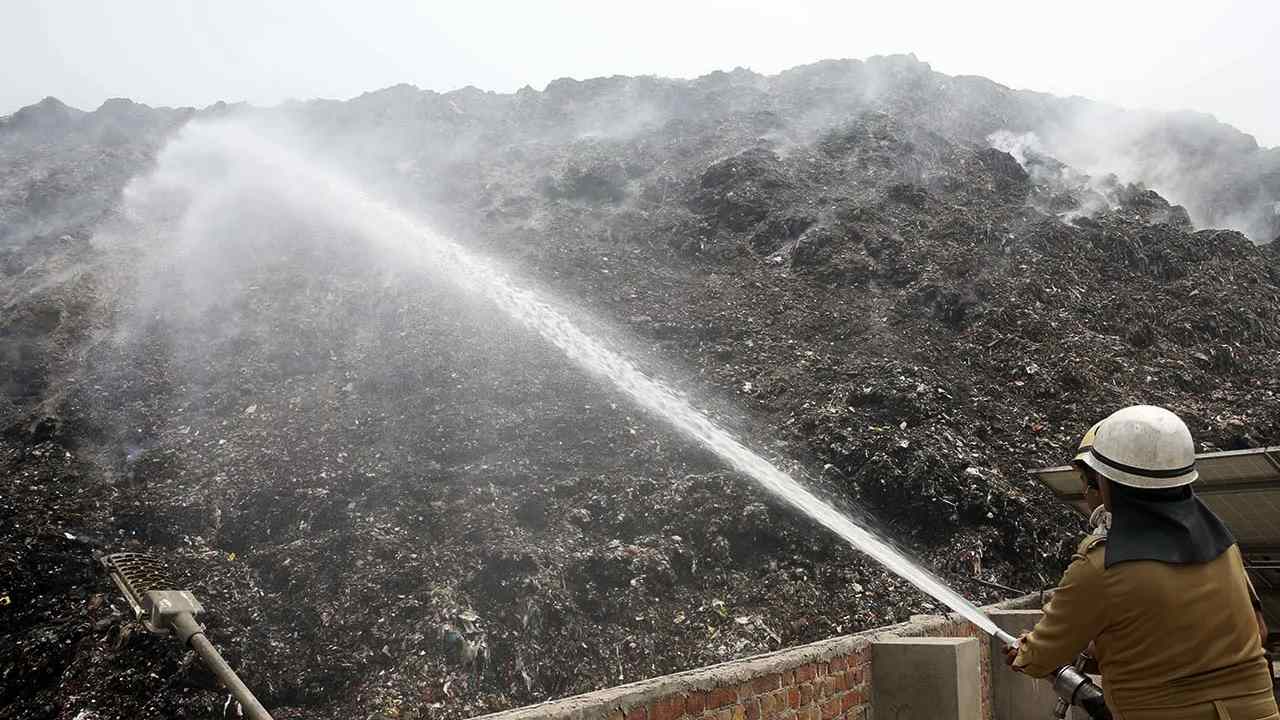As one drives towards Chandigarh, a short distance past the gurudwara at Majnu Ka Tilla in North Delhi, a looming mountain comes into view through Delhi’s haze. The size of the mountain starts to grow bigger on the approach to the GT Karnal highway turn-off near Mukarba Chowk. But the real dimensions of this mountain become apparent when you look right at the Bhalsawa junction. At this point, the stench from this gigantic mountain of trash assaults the nostrils.
This landfill, now spread over almost 80 acres, started coming up in 1984 and reached saturation point in 2006. Today, it rises 60 to 70 metres, depending on which agency one chooses to believe, and in the hot summer months regularly catches fire, sending noxious fumes into Delhi’s already poisonous air. Yet, every day, 2,700 tonnes of municipal solid waste (MSW) continues to be dumped at this site. Similarly, on Delhi’s eastern border at Ghazipur, another landfill spread over more than 60 acres that is now threatening to exceed the height of the Qutab Minar, intakes approximately 3,000 metric tonnes of MSW every day. There is an equally towering mountain of trash in Okhla.
These three depositories of urban waste are symptomatic of India’s massive MSW problem that’s generated every day. The issue of garbage in our cities and towns or MSW has produced more anguish and lamentation among policymakers than earnest action. The rules for handling MSW were framed in 2000, but even today no proper data on the composition of urban waste is available. Back in 2016, the Central Pollution Control Board (CPCB) observed that data on daily waste generation in urban areas, and its composition, was patchy. Except for dated studies of about 60 cities undertaken by a few institutes, there was no systematic assessment at the national level based on the manual of the Central Public Health And Environment Engineering Organisation (CPHEEO).
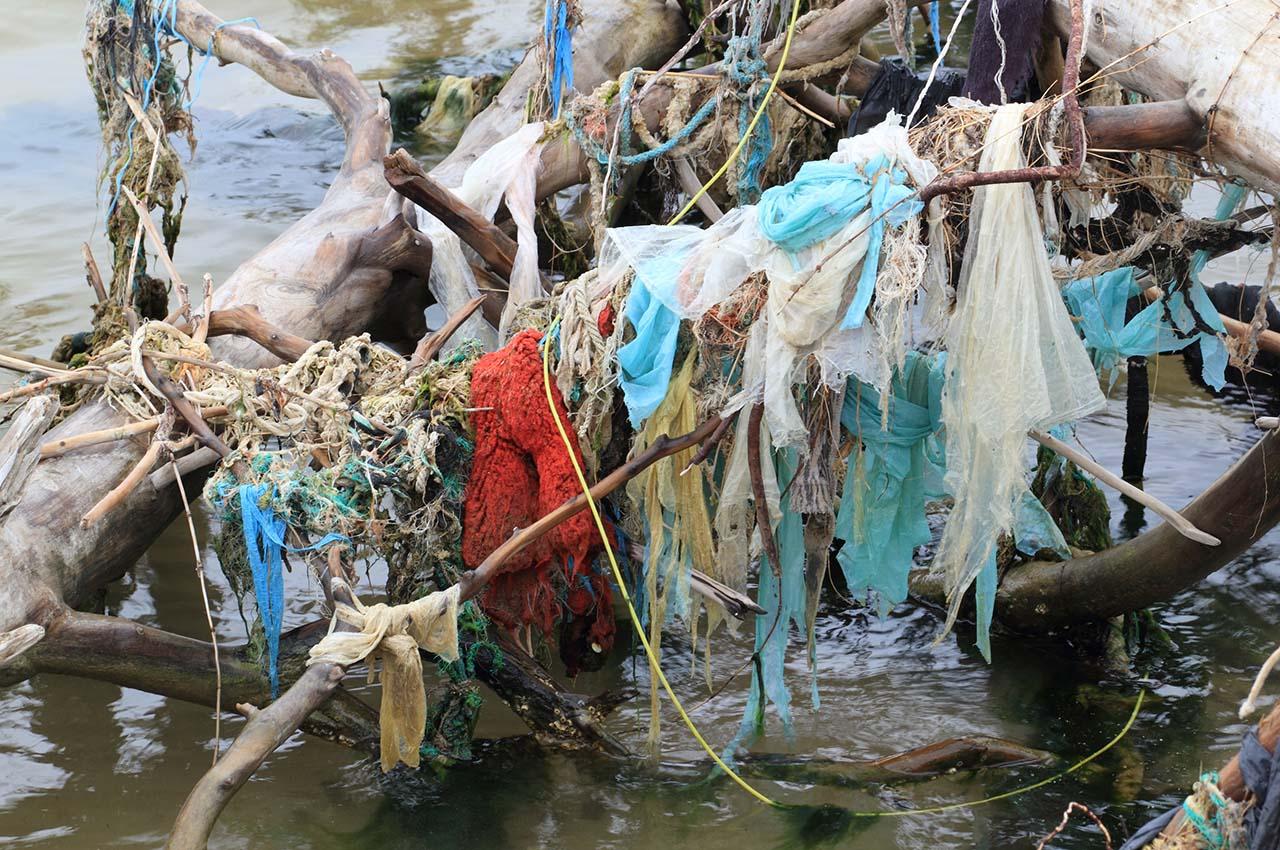
Only in five states did the municipal bodies collect all the solid waste, as per the CPCB’s 2020-21 report. And in only five states was all MSW segregated. About 32% of the waste was unaccounted for, which means it was just lying around. The number of dumpsites (3,184) exceeds the number of landfills (341) by far. The data provided in the annual returns is complete, the CPCB says, but a closer look reveals several inconsistencies. In the absence of verification by State Pollution Control Boards, it is unclear how reliable the data provided by the municipal bodies is. Inconsistent and unreliable data is the first major hurdle for formulating any meaningful strategy to tackle the problem.
For example, the report states that Bihar, Jharkhand and Chhattisgarh carry out 100% house-to-house collection of municipal waste. Their segregation levels are 95% and above. But a well-run state like Maharashtra says house-to-house collection is done by all its municipal bodies, but only 23% segregate it. In Goa, eight of 14 municipal bodies do 100% segregation. In Haryana, the percentages are 95 and 72, respectively. Delhi’s five municipal corporations collect 100% of the waste, but segregation ranges from 30% in East Delhi to 90% in New Delhi. In Delhi Cantonment, 60% of waste in the army area is segregated, while in the area where civilians live it is 90%.
The issue of garbage in our cities and towns or MSW has produced more anguish and lamentation among policymakers than earnest action. But even today no proper data on urban waste is available
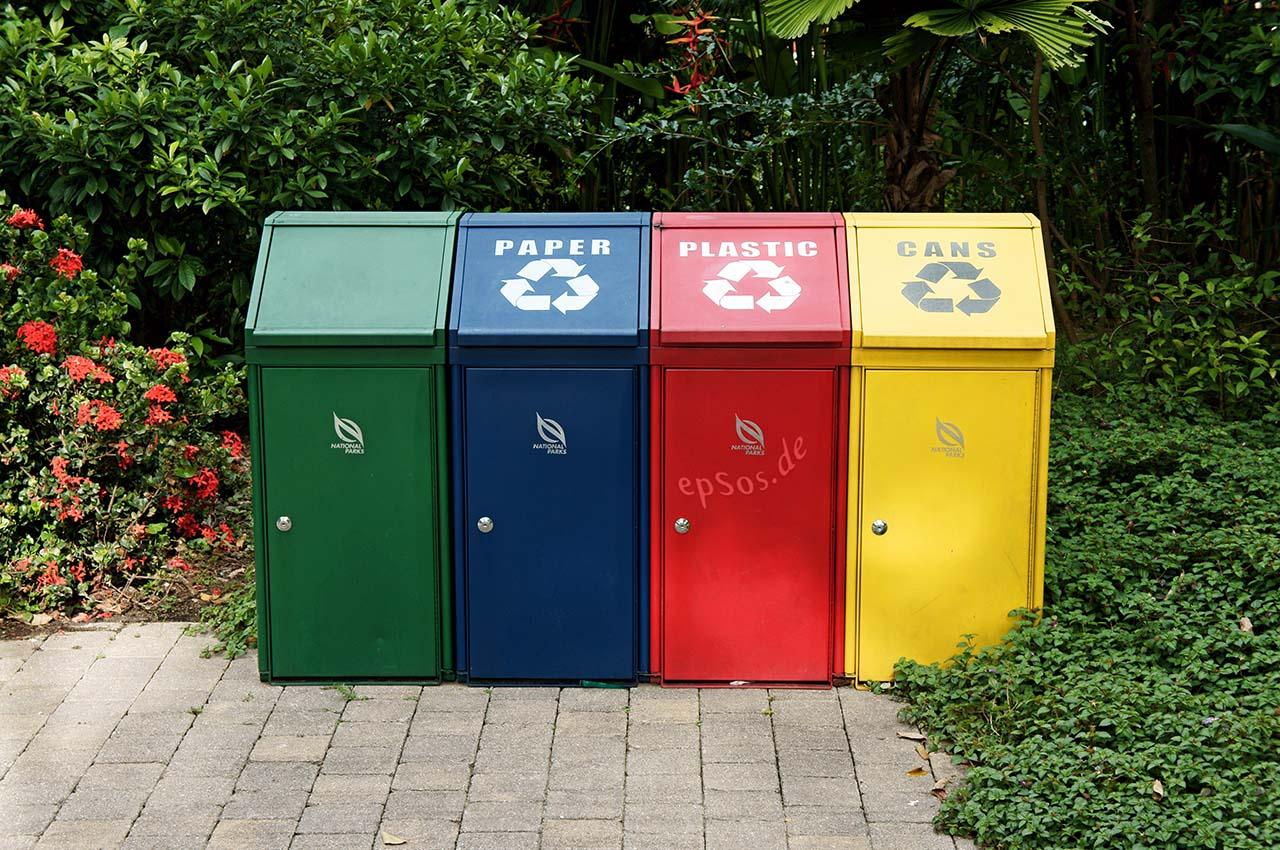
For municipal bodies, the collection and disposal of waste produced by houses and establishments within their domains is a chore they cannot ignore. It’s too visible to be, well, swept away. MSW received focused attention in 2005 under the Jawaharlal Nehru National Urban Renewal Mission (JNNURM), which sought to incentivise municipal bodies of 69 cities and their state governments with grants to undertake reforms that would spur economic activity. There was an emphasis on the efficient provision of essential services like drainage, sewerage, sanitation, and waste disposal in a scientific manner, with a bias towards the urban poor. To enable the municipal bodies to provide these services they were encouraged to improve their own revenue generation by easing the regulations for the development of the real estate, widening the coverage of property tax and levying user charges on services.
A “toolkit” which the urban development ministry published in 2012 says 44 MSW projects costing ₹1,978 crore were approved under JNNURM. It acquainted those executing MSW projects with the rules and regulations, told them how to go about implementing them and familiarised them with learnings from projects that were proven successes in waste treatment and disposal.
The document noted that municipal bodies must take samples of MSW for an analysis of the composition. This would suggest the methods of treatment: composting, recycling or production of electricity or biogas. Based on 637 samples taken from towns with a population of less than one lakh and cities that had more than five million people each—a total population of 210 million—the average daily waste generated per person was estimated to be in the range of 210 grams to 600 grams. The larger the city, the more the per person waste generated. The calorific value of the waste ranged from 1,010 Kcal/kg to 801 Kcal/kg, the value decreasing with an increase in city size. It was found that 37% of the waste was organic, 45% was compostable and nearly 44% was inert.
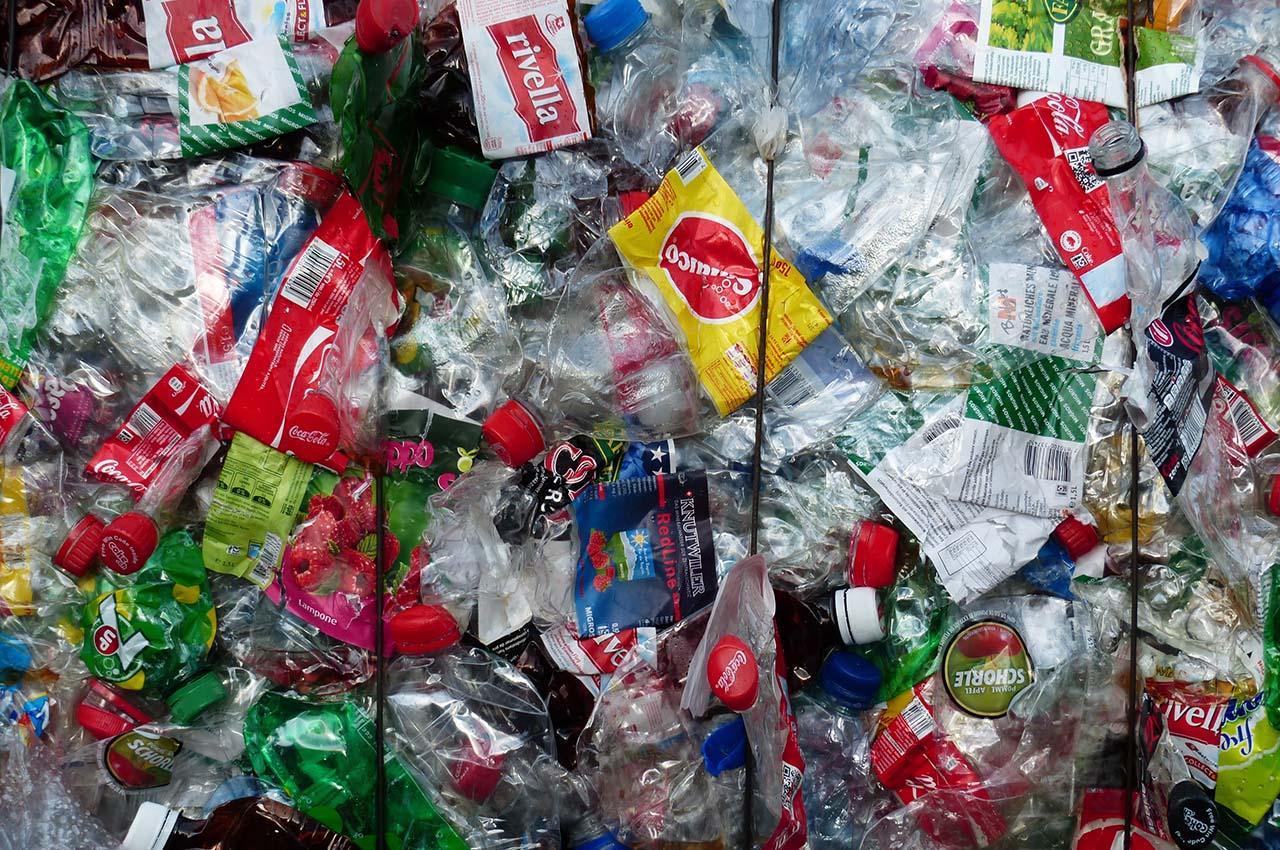
MSW received attention in 2005 under the JNNURM, which sought to incentivise municipal bodies of 69 cities and state governments with grants to undertake reforms that would spur economic activity
HOLISTIC APPROACH
According to the Global Waste Index, India doesn’t even figure in the top 40 countries in waste management. South Korea tops the list with recycling more than 60% of the MSW generated and is the only Asian country in the top five. Most countries use a combination of methods for managing MSW.
Waste generated per person per year
| Rank | Country | Waste Generated | Recycling | Incineration | Landfill | Recycled(in%) | Score |
|---|---|---|---|---|---|---|---|
| 1 | South Korea | 400 kg | 243 kg | 88kg | 46kg | 60.8 | 100 |
| 2 | Denmark | 845 kg | 300 kg | 382 kg | 7 kg | 35.6 | 94.9 |
| 3 | Germany | 632 kg | 302 kg | 204 kg | 5 kg | 47.8 | 90.4 |
| 4 | Switzerland | 706 kg | 210 kg | 333 kg | 0 kg | 29.8 | 89.3 |
| 5 | Finland | 596 kg | 168 kg | 345 kg | 3 kg | 28.2 | 89.3 |
Source: SensoneoGlobal Waste Index 2022
It was the responsibility of the municipal body to collect all the waste in its domain: from homes, hotels, restaurants, offices, shops and markets. Manual handling was to be avoided. The collection had to happen daily and the transport was to be in covered vehicles. Biodegradable waste was to be separated and recyclable material was to be retrieved as well. Construction and demolition waste was to be treated separately. Composting was prescribed for organic matter. Slaughterhouse waste was to be either incinerated or used to produce gas under anaerobic conditions. Chlorinated plastics were not to be incinerated as they release toxic gases. Landfills were to be scientifically designed so they would not pollute the air and groundwater or become health hazards. They should have a life of 20 to 30 years. Landfills were to be the last option. Methods of treating electronic and biomedical waste were also specified.
As MSW treatment facilities need a lot of capital to be set up and their operation and maintenance costs are high, the mission discussed the ways in which funds could be raised. It suggested public-private partnership models, levying of user charges and sale of by-products to make the projects self-sustaining.
JNNURM was extended by two years to 2014. In 2016, while preparing the national action plan for the collection and safe disposal of MSW on the directions of the National Green Tribunal, the CPCB estimated the country’s urban waste generation at 1.41 lakh tonnes a day. Of this, 1.28 lakh tonnes or 90% is collected, it said, and 34,750 tonnes is processed. This was based on data of the previous two years. Despite JNNURM, the CPCB observed that segregation was not practised at the household level. A few towns and cities do partial segregation. It found that biomedical, slaughterhouse and other waste was mixed and sent to landfills or dump sites.
Most cities did not cover the waste during transportation. Common collection points were in disrepair and residents did not want them in their backyards. The activity of waste processing was not self-sustaining. After the waste pickers had done their job, the waste left behind had low calorific value and could not be incinerated or used for electricity generation. Municipal landfill sites were getting exhausted but new ones could not be found.
The Swachh Bharat Mission Urban was launched in October 2021. It seeks to make cities garbage-free. The 2020-21 report of the CPCB to the environment ministry based on data provided by state pollution control agencies says the total solid waste generated daily in urban areas is 1.6 lakh tonnes. Of this, 95% or 1.53 lakh tonnes are collected. Nearly half or 80,000 tonnes are treated. Another 29,400 tonnes are sent to landfills. But 32% of the waste is not accounted for, despite being collected.
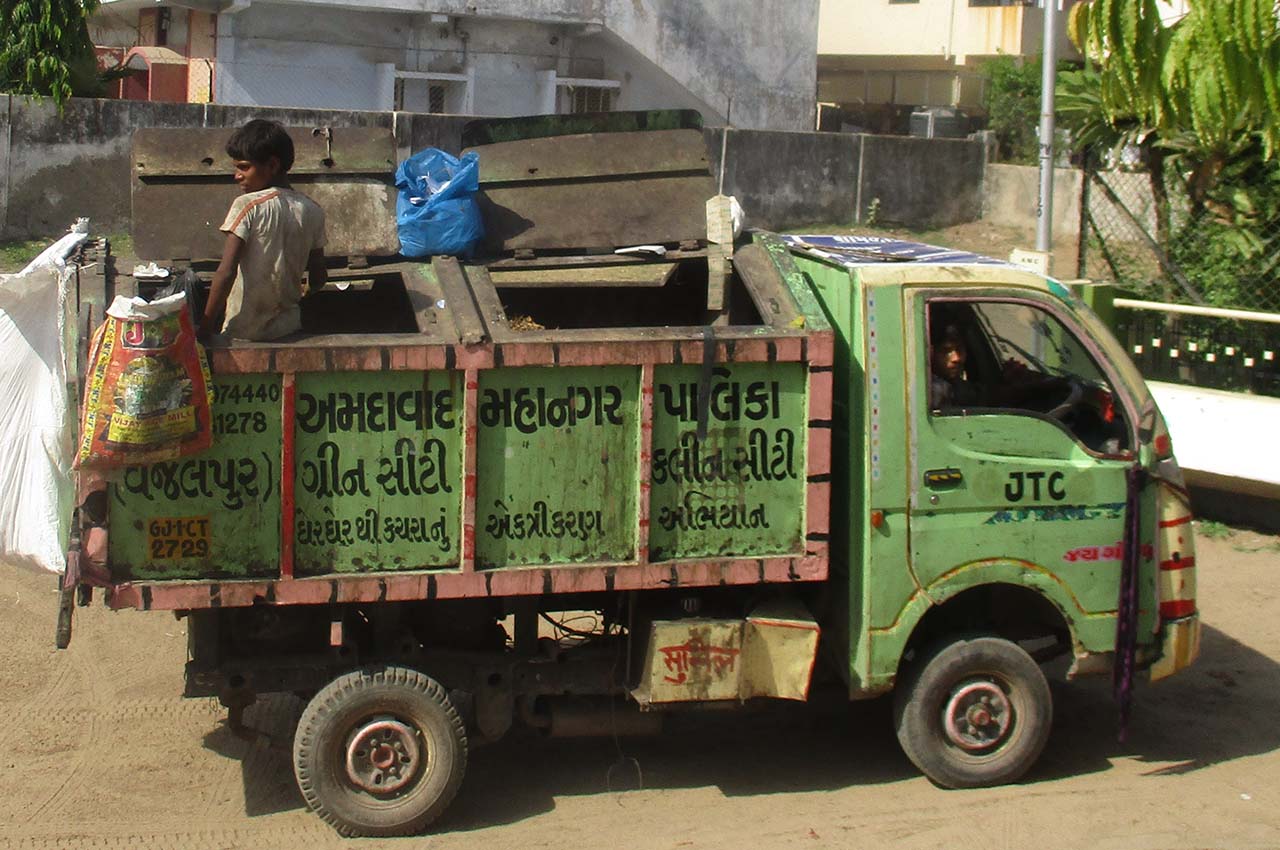
As MSW treatment facilities need a lot of capital to be set up and their operation and maintenance costs are high, the mission discussed the ways in which funds could be raised
Though landfills are supposed to be the last option and the least amount of MSW is supposed to be sent to them, in Delhi half of the waste goes to landfills. In Chandigarh, 86% of the waste finds its way to landfills. Maharashtra says 27% of its trash is “unscientifically disposed of.” Uttar Pradesh says it collects 97% of its trash and treats 37.5% but there is no information available on what it does with the rest. Similarly, there are plenty of data gaps in other states which prevent informed estimates.
Projects and programmes are supposed to be implemented in mission mode, brooking no delay. In India, the urgency is lacking. Progress over the past two decades has been glacial. And there is no certainty that a municipal body which does well in MSW treatment for a few years, will not slip under different leadership.
Plastic Pollution: The Bane of a Wonder Material
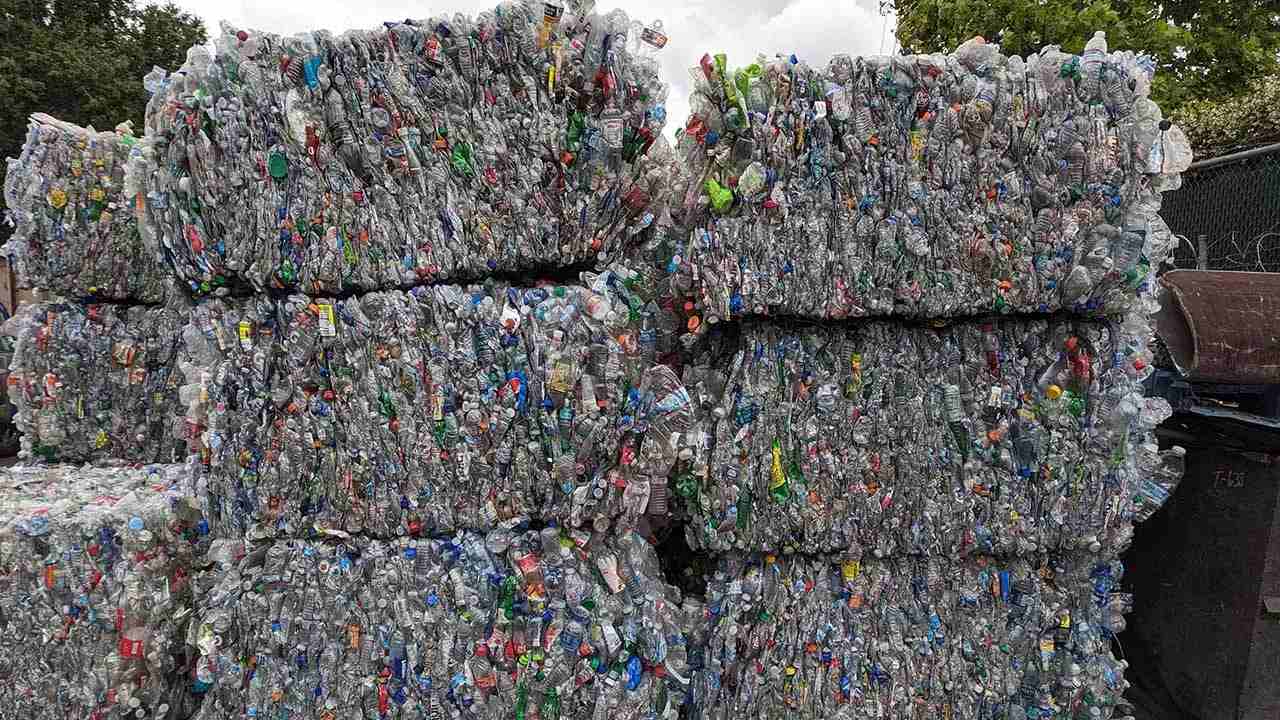
The measures announced to make the July 1 ban on 20 single-use plastic (SUP) items are so comprehensive that only lax enforcement can breach them. But they left out the big polluters—the producers of fast-moving consumer goods—who sell their stuff in multi-layered plastic pouches or packets, which cause the bulk of the plastic pollution and are not recyclable. (See box in Second Lede for the list of banned items)
The Central Pollution Control Board (CPCB) has directed petrochemical companies not to supply material to units engaged in the production of these items. State pollution control boards have been instructed to withdraw their consent to operate given to the manufacturers of banned items. Customs are required to block the import of SUPs. Shops and establishments can obtain commercial licences on the condition they will not use or sell the SUP items; those in operation will lose their licences if they do.
“Enforcement will be the make or break of it,” says Sunita Narain, director-general of the Delhi-based Centre for Science and Environment (CSE). Suneel Pandey, director and senior fellow at Delhi’s The Energy and Resources Institute (TERI), expects the ban to be effective “gradually”, given the “enormity of the problem”. He says, “monitoring is the weak link”. While large manufacturers can be regulated, some of the SUP producers are so small they are not even registered.
But even stretched enforcement capacity can become deterrent enough with random checks for compliance and strict penalties for infractions. And even unregistered units need not remain below the radar. The CPCB’s 2019-20 report on plastic waste management notes the existence of 823 unregistered plastic manufacturing or recycling units.
This ban is only the first step in stopping a scourge that contaminates sub-soil water and soil, clogs drains and sewage systems, floats hideously on streams, rivers and in oceans, sickens stray cattle, despoils the landscape, and poisons the food chain. Many more items will need to be added. Narain says plastic carry bags and multi-layered plastic packaging must be prohibited. Thickness-based regulation is difficult to enforce, she says. It is also hard to collect used plastic bags.
The government has been wary of a blanket ban on plastic bags. When the rules for management and handling of plastic waste were notified in February 2011, the environment ministry said it is “impractical and undesirable” to do so in view of the “needs and concerns of lakhs of people involved in the informal sector”. To discourage single use and to enable the collection, plastic bags of less than 75 microns have been prohibited since October 2021. From December this year, the permitted thickness will be raised to 100 microns. Yet, the CPCB’s 2019-20 report says 21 states and Union Territories have banned plastic carry bags, irrespective of thickness. In other states, a few cities have disallowed them. In about seven states, plastic bags of less than 50 microns are prohibited. The report does not comment on the status of enforcement.
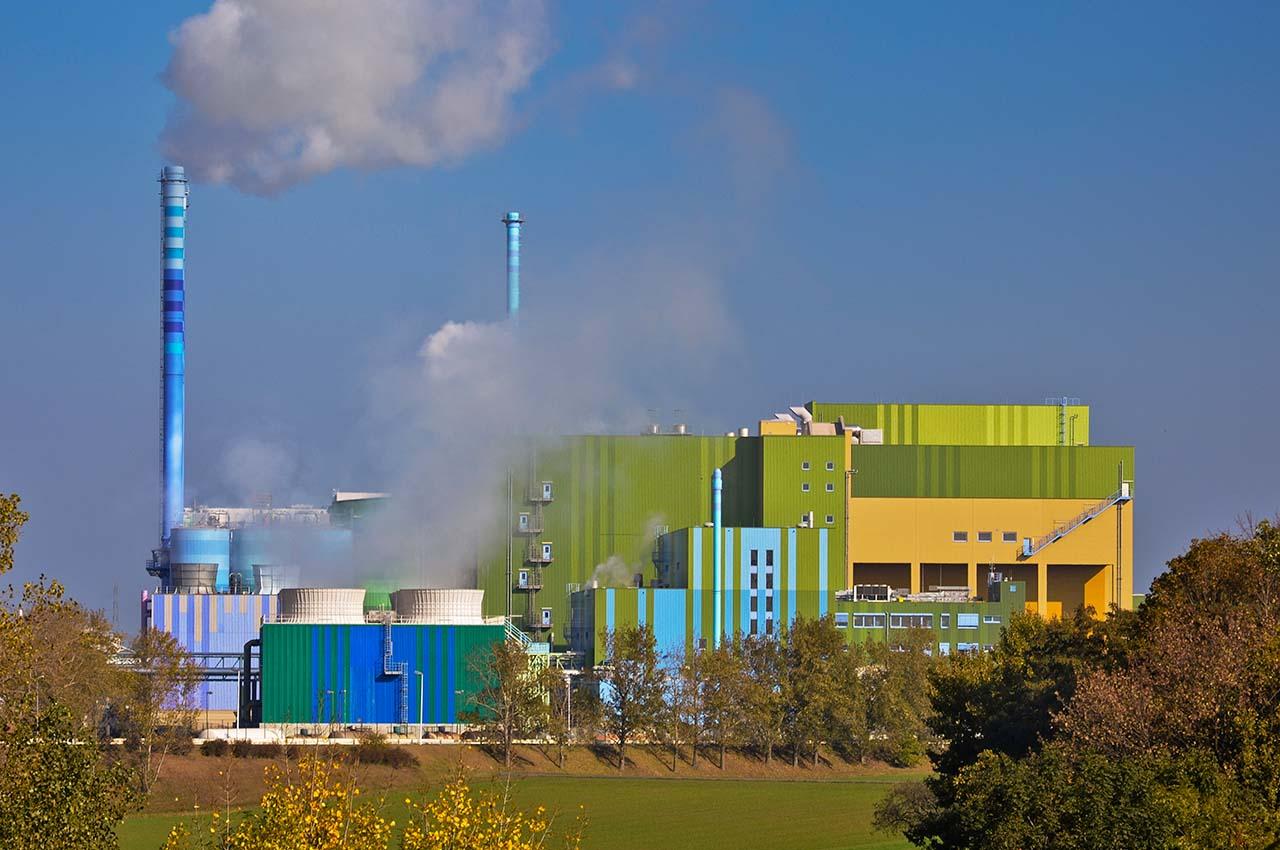
This ban is only the first step in stopping a scourge that contaminates sub-soil water and soil, clogs drains and sewage systems, floats hideously on streams, rivers and in oceans, sickens stray cattle, and so on
Regulating plastic bags on the basis of thickness should not be difficult if enforcement officials are earnest about it. The rules require bags to be stamped with the name and registration number of the manufacturer, the thickness of the bag and whether they can be recycled or composted. But it does raise the cost of enforcement and gives opportunities for corruption.
Life cycle analysis shows that plastic if recycled or incinerated, is better than alternatives like cloth, glass or aluminium. According to a 2016 report by the Federation of Indian Chambers of Commerce & Industry (FICCI), 1.5 pounds (675 grams) of plastic packaging can deliver 60 pounds (around 27 kg) of beverage compared to three pounds (1.36 kg) of aluminium and 50 pounds (22.65 kg) of glass. As less plastic material can package more, it reduces product weight, fuel consumption and emissions. Plastic also needs 25% less energy to produce compared to alternatives. So its environmental footprint is lighter, the report says, provided it becomes part of the circular economy and the waste never leaves the value chain.
The FICCI report adds that plastics are the material of choice for packaging food and beverages, toiletries, and pharmaceuticals. They ensure hygiene and prolong shelf life. If experience holds, rising population and income levels and changing lifestyles will drive the consumption of plastic. As Indians consume more and more packaged foods and beverages, soaps, shampoos, cosmetics and medicines, demand for plastic will grow. E-commerce will also drive its usage. The report says India’s per person annual consumption of packaging is “low”—4.3 kg compared to 42 kg in Germany and 19 kg in Taiwan, hinting that usage will increase though it may not catch up with these countries.
It is clear that we will have to live with plastic. Narain advises the adoption of a three-pronged strategy: collect all plastic waste; recycle or incinerate whatever is collected in a manner that is not damaging to the environment or to human health; and eliminate that which cannot be collected or safely processed. But do not let plastic get into landfills.
That would make multi-layer packaging a target for phase-out. These are extensively used for packaging snacks and for products delivered in sachet sizes like shampoos. News reports quoting an equity research firm say that the ban on 21 SUP items will affect only about 3% of plastic waste. The big polluters have been given a long rope. Regulations impose extended producer responsibility (EPR) on producers, importers and brand owners (PIBO) to collect and recycle this and three other categories of plastic packaging.
The obligation kicked in last year. PIBOs were required to collect 25% (by weight) of end-consumer plastic waste and waste produced in the course of production and packaging during the previous two financial years. The obligation rises to 70% this year and 100% next year. The recycling obligation starts from 2024-25 and varies between 50% and 30% of the plastic collected, depending on category. After rising in graded steps every year, the obligation plateaus at 80% and 60% from the fourth year onwards. Plastic that cannot be recycled has to be used for road construction, production of energy or oil, or co-processed in cement kilns. None of the plastic can go to landfills.
According to a FICCI report, 1.5 pounds (675 grams) of plastic packaging can deliver 60 pounds (27 kg) of beverage compared to three pounds (1.36 kg) of aluminium and 50 pounds (22.65 kg) of glass
PepsiCo India, which is one of the largest sellers of branded packaged snacks, declares on its website that it will not send any waste from its factories to landfills from 2025. It asserts that it will design its packaging to be recoverable or recyclable by then while partnering to increase packaging recovery and recycling rates. In an October 2021 press release, PepsiCo India said it had been working across multiple states to collect, segregate and manage all its packaging that year. An email sent to the company seeking details of the plastic packaging waste collected and recycled did not elicit a response.
Hindustan Unilever (HUL) says it is committed to collecting and processing more plastic than it sells. Its website has a detailed plan of action. The soaps-and-soups company assures that it will use entirely reusable, recyclable, or compostable plastic packaging by 2025. Another commitment is not to send any waste from its factories to landfills by that year and to use 15% recycled plastic. HUL says it achieved ‘plastic neutrality’ in 2021. That year, it used 1,07,000 tonnes of plastic and collected 1,10,000 tonnes. Between 2018, when it started maintaining records of plastic waste generation, and 2021, it used 4,06,000 tonnes and collected 56% of it or 2,30,000 tonnes, its website says. This is better than what the regulations prescribe.
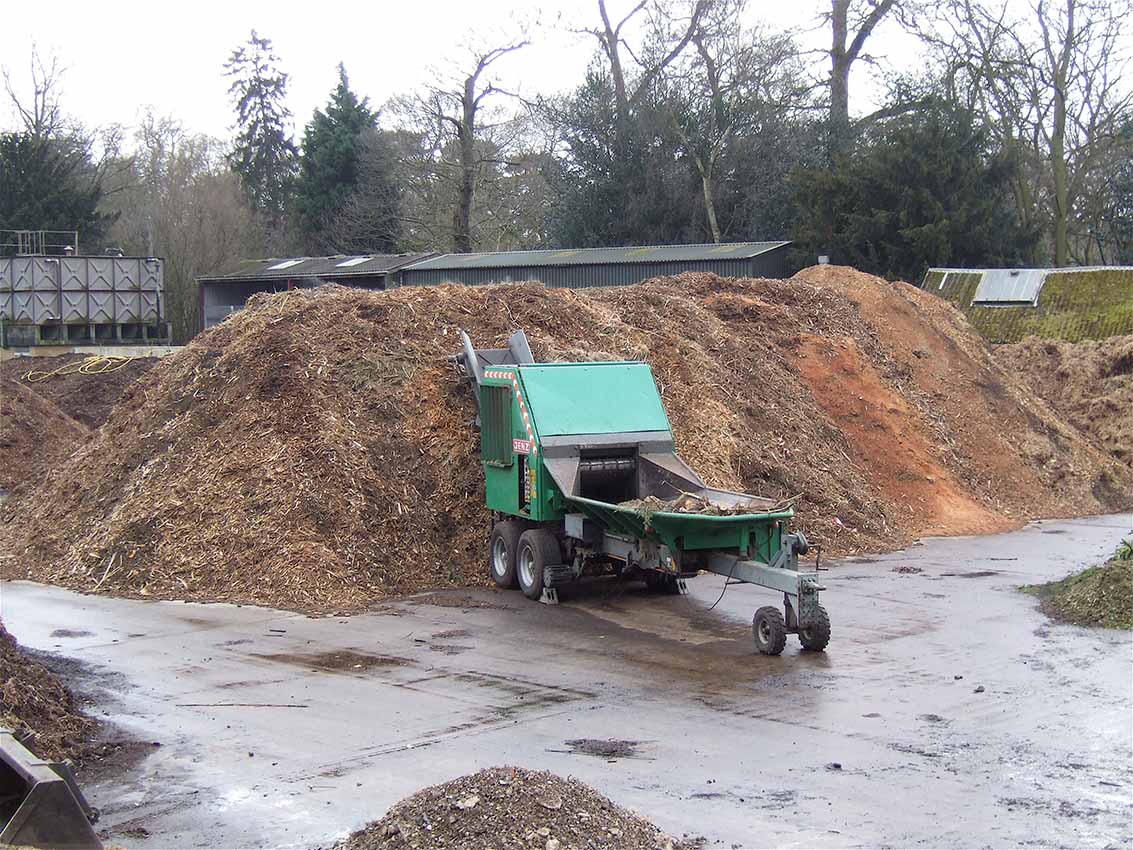
The EPRs, however, are based on self-declaration. To ensure that the obligations are adhered to, PIBOs should be required to file annual returns with the pollution control authorities. Adherence to commitments should be independently audited and certified. The regulator also needs to be sincere about enforcing the rules.
For instance, a CPCB circular of October 2020 notes that cigarettes, gutka, tobacco and pan masala continue to be sold in plastic pouches. The Supreme Court had forbidden this in 2010 and the government had notified the ban in February 2011. The CPCB notes that being small, it is difficult to collect pan masala and gutka pouches and they continue to litter the streets and pollute water bodies. Another circular issued that month notes that several states have not registered PIBOs for extended producer responsibility. Those who have registered do not readily respond to queries raised by the CPCB and are non-compliant with the regulations.
The obligation kicked in last year. PIBOs were required to collect 25% (by weight) of plastic waste and waste produced in the course of production and packaging during the previous two financial years
India will have to get serious about the management of plastic waste if it does not wish to get overwhelmed by it. In 2019-20, state pollution control organisations reported plastic waste generation of 3.47 million tonnes. Maharashtra led with 13%, Tamil Nadu and Gujarat followed at 12% each, the share of West Bengal and Karnataka was 9% each, while Delhi contributed 7%. The per capita annual plastic waste generated had more than doubled over a five-year period from less than 1 kg in 2015-16 to a tad less than 2.5 kg. Goa led with 12 kg per person/year followed by Delhi at 10 kg per person/year.
For curbing plastic pollution, supply-side curbs must be complemented by denial of demand. A mindset change is needed. The campaign must assume the nature of a movement like the mission to make India open defecation-free (ODF). In the ODF campaign, there was multi-media advertising to create awareness; brand ambassadors like Amitabh Bachchan were enlisted, and there was buy-in from top government leaders including the prime minister. In Parameswaran Iyer (currently CEO, NITI Aayog), there was a motivated and able official overseeing the ODF programme as the Secretary, Drinking Water and Sanitation, who ensured the rapid implementation of Swaach Baharat. Of course, India is still not completely free of open-air defecation and usage of toilets in some pockets of the country is low. But there has been a big mindset change. The menace of plastic waste needs a similar, multi-pronged attack.

